Key Takeaways:
- Deploying new tech without clear goals leads to misuse.
- There are ways to ensure employee buy-in and avoid tampering with the GPS devices.
- Problems can arise if GPS devices are installed poorly.
Imagine if all your fleet-related problems simply vanished the moment you invested in a GPS tracking solution.
Sadly, that’s not how it actually works.
Before reaping all the benefits of this remarkable technology, there are certain steps you should take to ensure it works seamlessly and reliably, as well as to prevent any potential employee resistance.
So, if you find yourself unhappy with your current GPS monitoring system, worry not.
It’s possible you’ve stumbled upon some of the pitfalls we’ll address in this article.
Fortunately, these issues are all rectifiable, so keep reading to discover how to get back on track with your GPS tracking solution.
And if you’re just thinking about getting this system for your fleet, this article is for you, too.
It’ll show you what to look for, how to avoid potential risks, and help you ensure smooth sailing from day one.
In this article...
Rushing the Implementation Process
It’s only natural you want to dive headfirst into using your brand-new GPS tracking system and put it to the test immediately.
But hold on just a moment.
Without a clear plan about what exactly you want to achieve with this technology, even the most expensive and sophisticated solution won’t be able to yield the desired result.
In fact, it could potentially do more harm than good down the line.
Today, GPS tracking goes beyond mere location monitoring and can gather a wealth of information about your vehicles and drivers, including engine hours, speed, harsh braking, and so much more.
Therefore, without a focused plan, you risk data overload, as well as being unable to differentiate between valuable insights and simple noise.
Bob Cavalli, Consultant at RAC Fleet Consulting LLC, agrees.
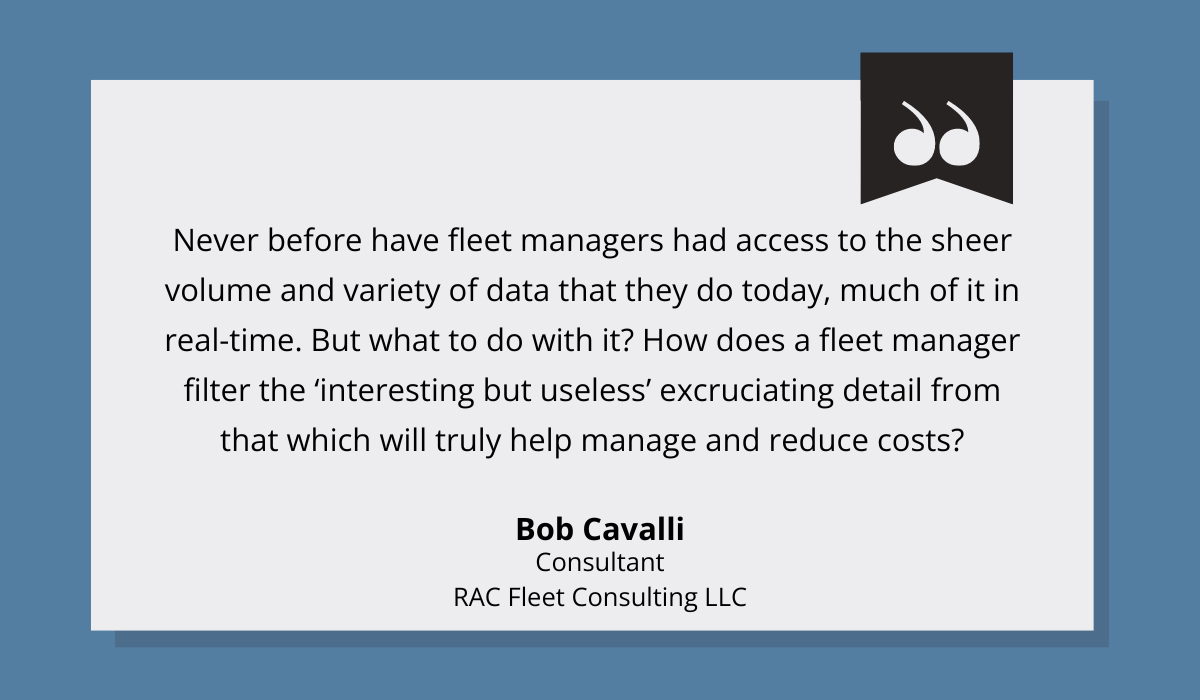
Basically, rushing the implementation process means you’ll end up with a vast sea of data but no clue what to do with it.
And that’s no way to unlock positive ROI.
As Derek Grover, Senior Vice-President of Technology & Operations at Jim Pattison Lease, emphasizes, any fleet represents a significant investment, as well as a critical asset for companies.
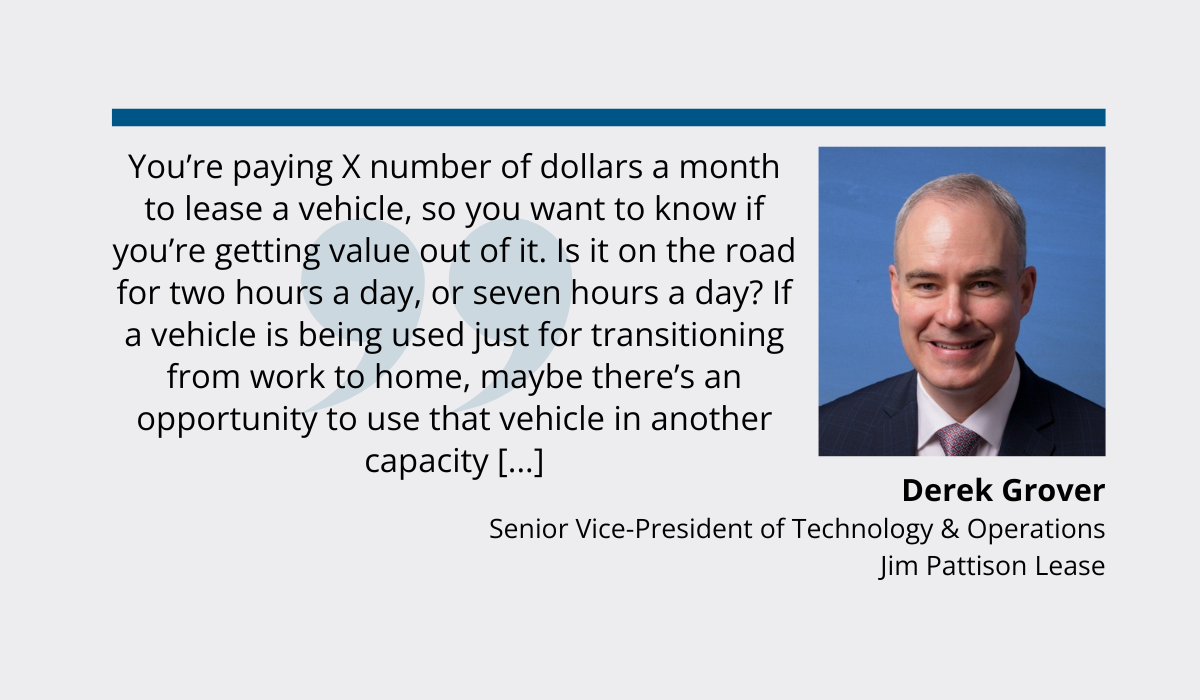
So, naturally, you want to extract maximum value from it.
GPS tracking is certainly the key to getting there, he says, but for that, you need to be asking the right questions and get your priorities set.
By doing so, you’ll be able to pinpoint precisely what and how to track with your GPS system.
For instance, if safety improvement is your goal, concentrate on monitoring driver performance metrics such as:
- Harsh braking or acceleration
- Vehicle speed
- Excessive idling
- Route deviation
- Driver hours
Similarly, if you’re looking to reduce fuel consumption, keep a close eye on factors like:
- Miles driven
- Idle time
- Speed
- The routes drivers take
The key here is to avoid compiling and trying to analyze every possible data point, and instead focus solely on what is relevant to your specific objectives.
Remember, your GPS solution will definitely guide you, but it’s up to you to define your destination first.
Choosing the Wrong Solution
GPS tracking systems are as diverse as the fleets they help manage.
So, naturally, not every solution will be the right fit for you.
As a matter of fact, choosing the wrong one could be as harmful to your bottom line and productivity as having no GPS tracking at all.
Just imagine having to pay month after month for a system that nobody wants to use because it’s either too complex, incompatible with existing technology, frequently crashes, or doesn’t even have the right features.
Unfortunately, this scenario is more common than you might think.
According to a 2024 survey conducted by Capterra, 58% of US businesses regret their software purchases.
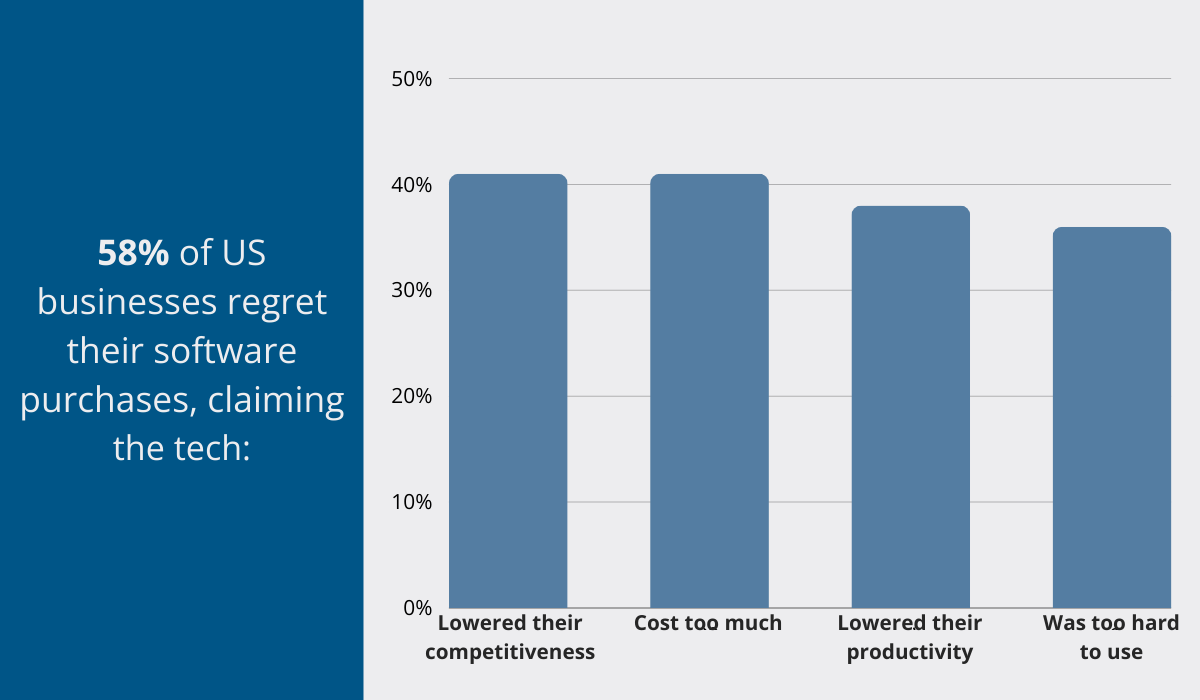
But it’s not just about regret, either.
These decisions profoundly impact companies, resulting in financial losses, wasted time, decreased productivity, and competitive setbacks.
Astonishingly, 56% of these businesses admit that selecting the wrong solution significantly harmed their performance, causing immediate damage to their operations.
Brian Westfall, Principal HR Analyst at Capterra, says that the pricing models adopted by many software companies today make the problem even worse.
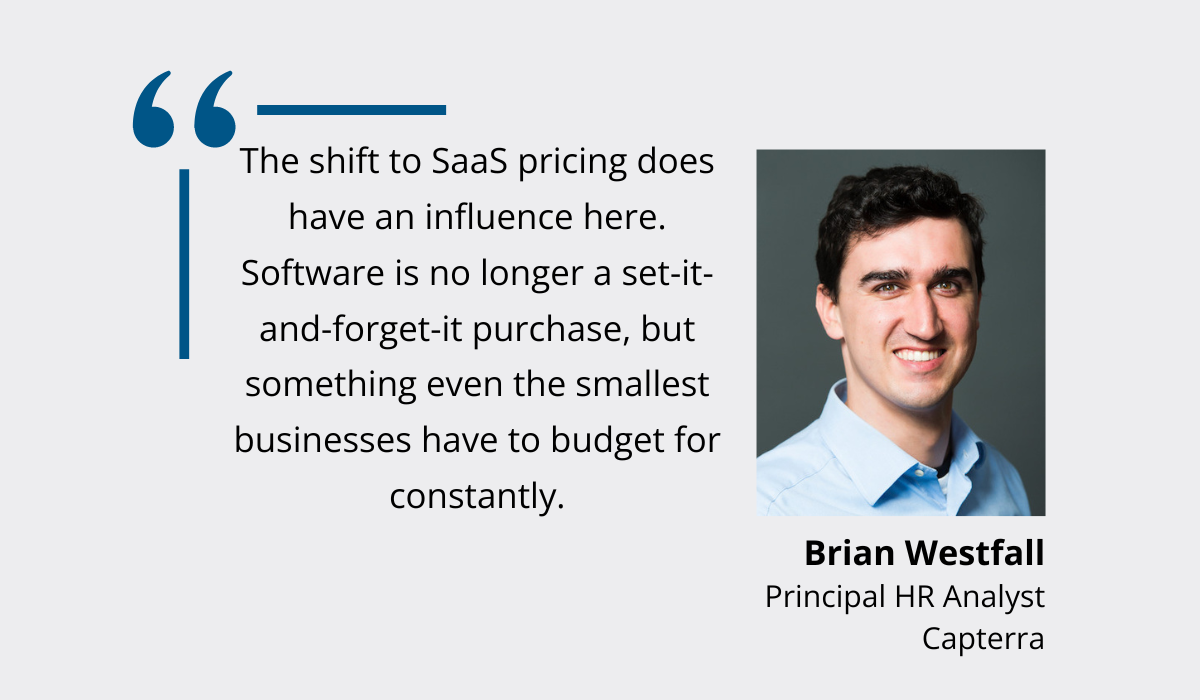
So, if you’re going to be constantly budgeting for a piece of technology, at least ensure it’s a worthwhile investment.
Don’t settle for the first system you find via a Google search, and instead roll up your sleeves and do thorough research.
We get it, going through a sea of software options can be a time-consuming and overwhelming process in itself.
That’s why we’ve compiled a list of factors to consider when hunting for your new GPS fleet tracking solution.
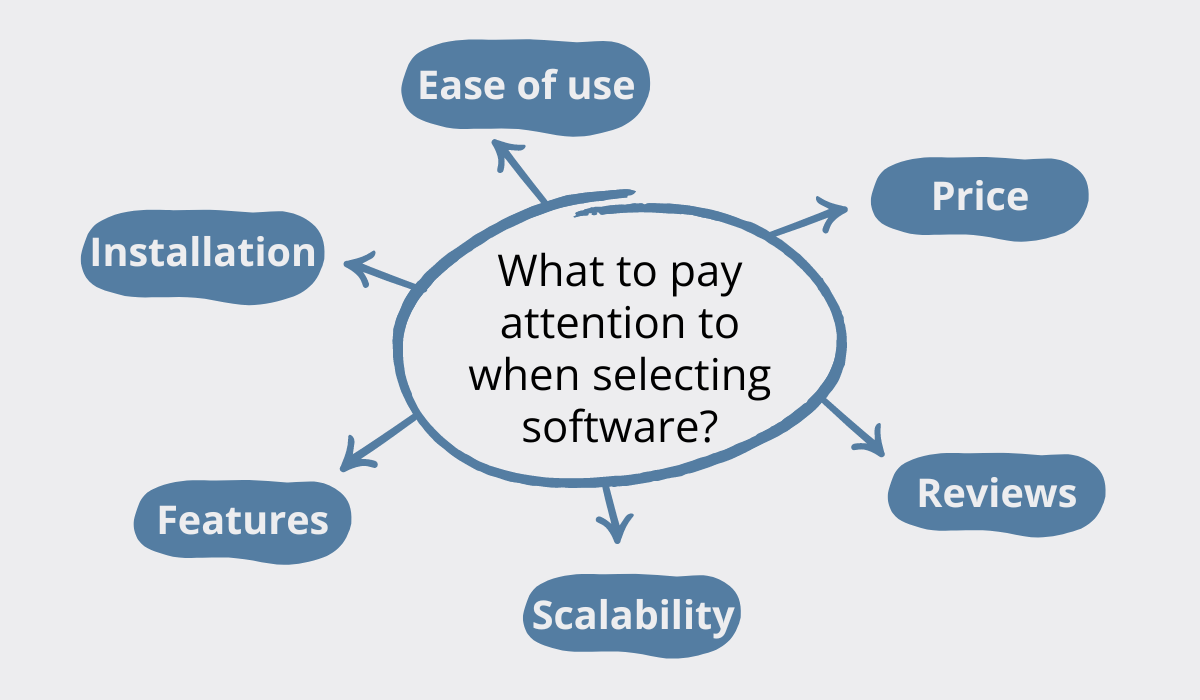
This will help you narrow down potential candidates much faster.
Once you do that, make sure to take full advantage of those free trials.
After all, why would you want to commit to a purchase without trying out the system first and getting feedback from your team?
At the end of the day, software should align with your fleet’s needs, not the other way around.
So figure out those needs, do your research, and choose wisely.
It’ll definitely be worth it in the long run.
Ignoring Employee Concerns
It’s not that uncommon for some employees to resist GPS fleet tracking, whether due to concerns about their privacy, job security, or just feeling like they’re not trusted to do their job right.
Sure, you know that these fears are unfounded, but your team might not see it that way.
So, don’t brush aside their worries; tackle them head-on.
Ignoring them doesn’t just risk tanking the ROI on your new system, but it could also lead to them tampering with the GPS trackers or, worst-case scenario, leaving your company.
Research conducted by Capterra indicates that, while a majority of workers don’t believe being monitored would affect their work, 35% still disagree, saying it would make the work environment more hostile and stressful.
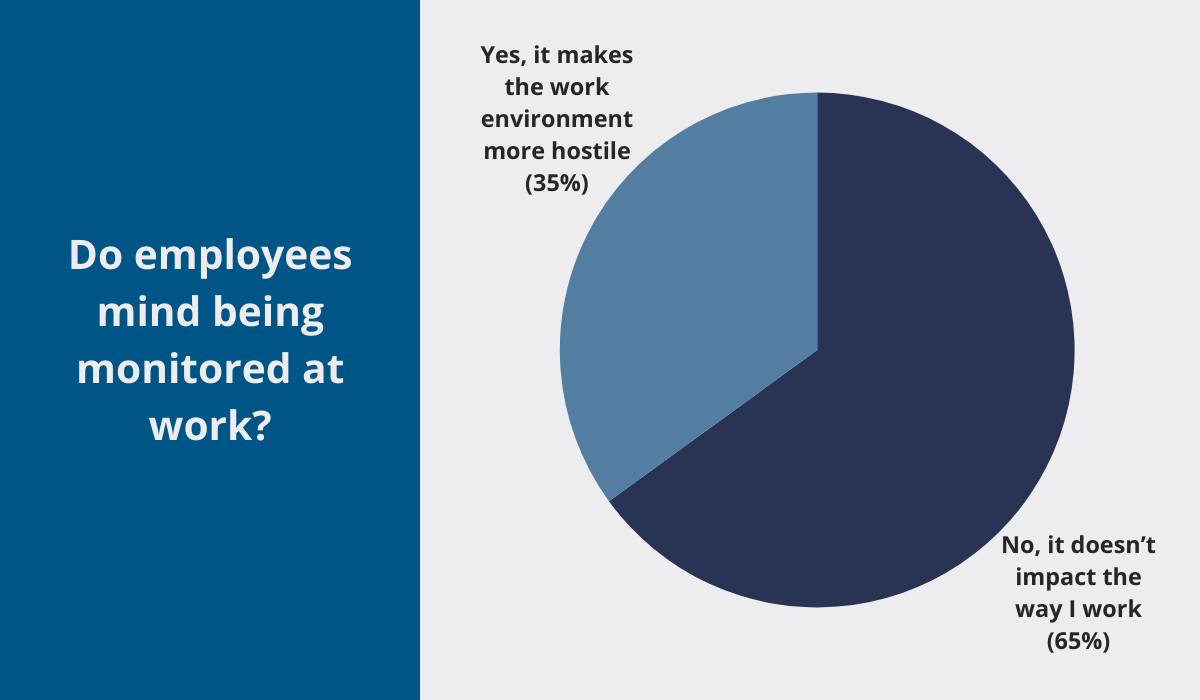
Despite being a minority concern, this shouldn’t be overlooked, especially because your GPS solution’s success hinges on everyone being on board.
So, how do you achieve 100% employee buy-in?
According to Wolfgang Hufnagel, Manager of Digital Change & Adoption at PwC Germany, it’s all about changing employees’ mindsets and bridging the gap between them and the solution.
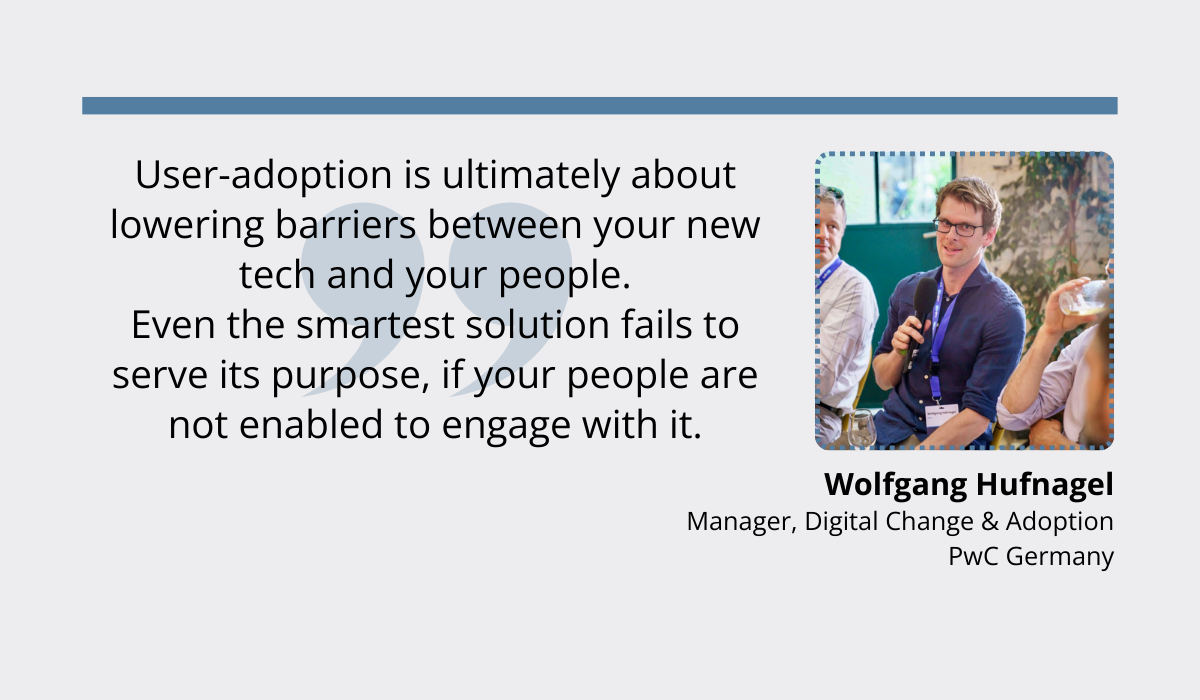
If they don’t understand it, they’ll struggle to embrace it. It’s as simple as that.
That’s why it’s crucial to make them see the why behind the what and break it down for them, says Cameron Page, CEO & Founder at Clearstory.
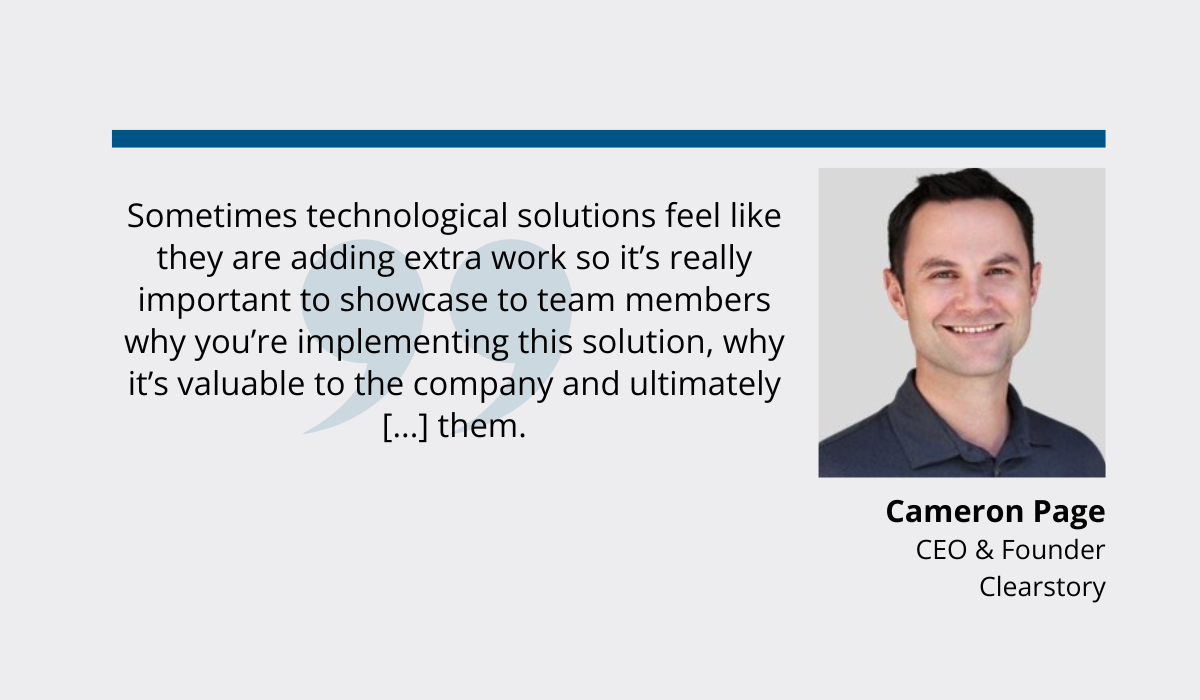
Dive into the benefits of the technology, particularly those that directly impact your workers, such as improved safety, protection from false accusations, proof of work, reduced administrative tasks, and automated tracking of mileage or hours of service.
Ultimately, your team’s perception of GPS monitoring can make or break the system’s effectiveness.
So, when questions or concerns crop up, take them seriously.
After all, it’s not just about ROI but also about having your team’s back and showing them their opinions and expertise matter.
Besides, when employees feel they have a say in such decisions, they are more likely to take ownership of the implementation and actively work towards its success.
Installing the Device Poorly
Don’t let a poor installation rob you of the full potential of your GPS tracking device.
It’s like throwing your investment out the window.
Why?
Because an incorrect installation opens the door to various risks, such as:
- The device losing power unexpectedly
- Damage to the device
- Tampering with the device
- Disconnection of the device
- Loss of the device
Put simply, if not set up properly, your GPS tracker loses its ability to do precisely what it was designed for—delivering real-time, accurate, and detailed vehicle data.
Instead, you may encounter incorrect location information, sudden location jumps even when the vehicle isn’t moving, incorrectly displayed travel routes, or even complete device failure.
None of these align with efficient fleet management, do they?
Now, the setup process depends on the specific type of GPS tracker you’ve purchased.
There are three primary types, outlined below.

However, although the installation varies from device to device, there are two golden rules everyone should adhere to: follow the manufacturer’s manual and pick the right spot for the tracker.
As illustrated below, the manual provides thorough, step-by-step installation instructions, complete with visuals, dos and don’ts, and post-installation upkeep tips—all endorsed by the manufacturers themselves.
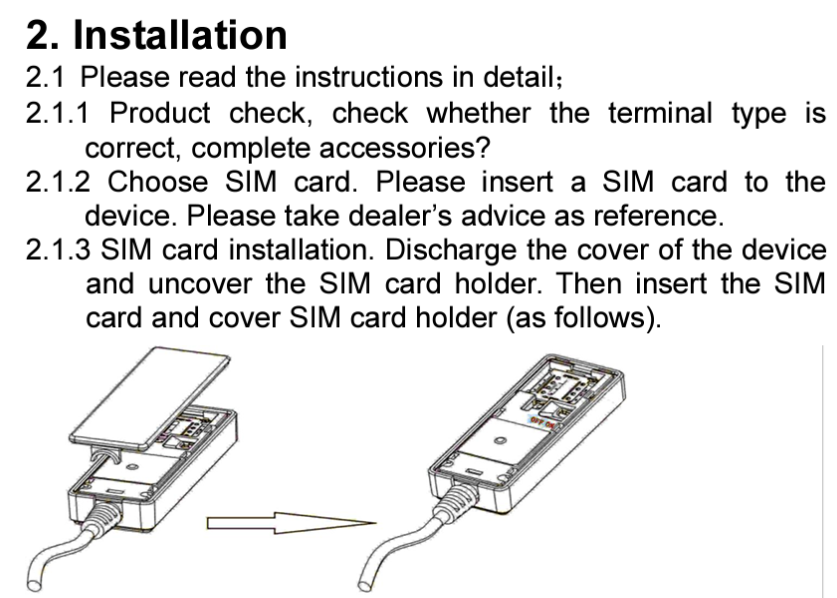
This advice may sound obvious, but many choose to skip the manual, which often results in shoddy installations and malfunctioning trackers.
The second step—choosing the right spot—is equally important, as it ensures that the tracker stays intact and in working order for as long as possible.
It’s best for the device to be hidden to prevent tampering, as well as protected from weather, moisture, and dust.
Oh, and avoid placing it under metallic objects because GPS signals don’t penetrate through metal.
Ultimately, if optimizing your GPS tracking system’s effectiveness is your aim (as it should be), definitely don’t skimp or rush through the setup process.
Make sure to study all relevant materials, consult with the maintenance team, or even consider hiring a vehicle electronics expert to help you out if necessary.
Neglecting Data Security
GPS tracking systems collect and store valuable, often sensitive data like asset locations, driver behavior, and occasionally even client addresses.
So, it’s no surprise that neglecting data protection can leave you open to a host of problems.
For instance, in 2022, trackers used for fleet management produced by a company MiCODUS, were left vulnerable to hackers due to inadequate security measures.
BitSight, a cybersecurity assessment firm, elaborated on the significance of this issue:
“The exploitation of these vulnerabilities could have disastrous and even life-threatening implications. For example, an attacker could exploit some of the vulnerabilities to cut fuel to an entire fleet of commercial or emergency vehicles. Or the attacker could leverage GPS information to monitor and abruptly stop vehicles on dangerous highways. Attackers could choose to surreptitiously track individuals or demand ransom payments to return disabled vehicles to working condition. There are many possible scenarios which could result in loss of life, property damage, privacy intrusions, and threaten national security.”
Put simply, it’s not always just about nosy intruders snooping around.
Overlooking data security can also result in privacy violations, injury, theft, and even loss of life.
That’s why it’s so important to select a tracking system that adheres to data protection regulations and employs robust security measures to protect sensitive information.
That means no weak access control, no outdated systems, no inadequate encryption, and—that’s right—no weak passwords.
According to William Schlacks CEO at EquipmentShare, it seems that weak passwords are not an uncommon mistake in the world of fleet technology.
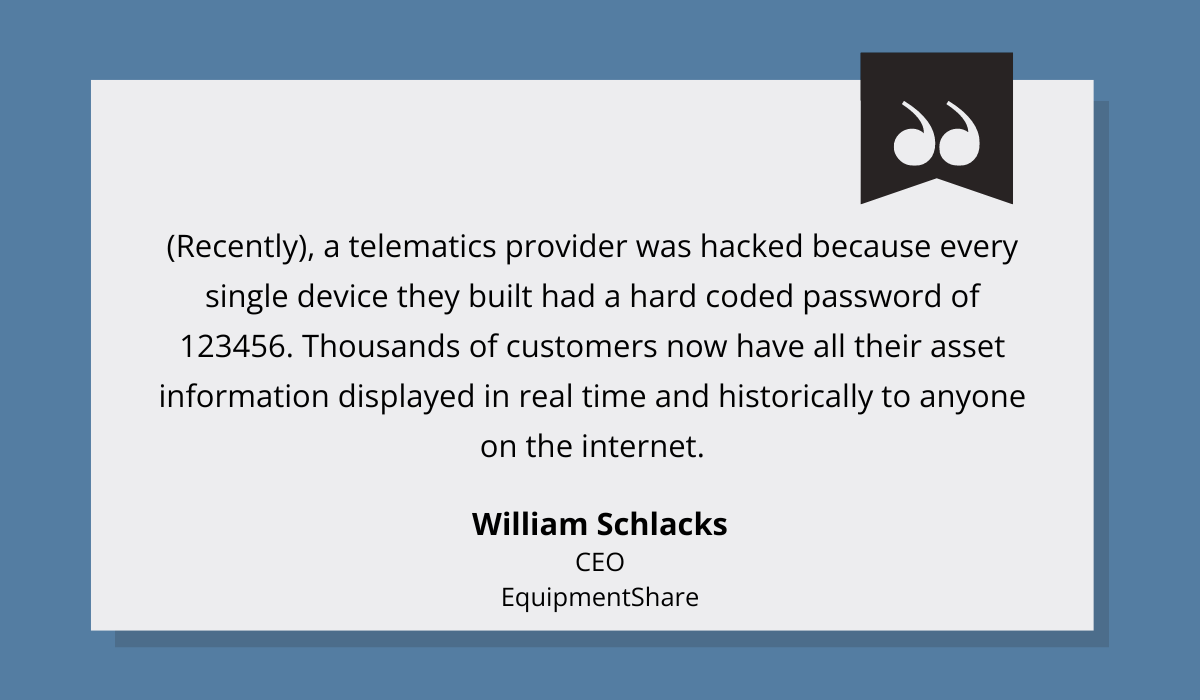
While it may seem unexpected for a software developer to make such errors, this only goes to show why it’s on you, the buyer, to do your homework and find a system that’ll properly keep your information safe.
So, what should you look for?
Let’s break it down:
| Encryption | Does the system employ strong encryption to protect data transmission between the device and the server? |
| Access Control | Can the system restrict information access based on roles and permissions? |
| Compliance | Does the software comply with relevant data protection regulations like GDPR or HIPAA? |
| Authentication | Does the system utilize strong authentication mechanisms to verify user identities? |
| Audit Trails | Does the system log all user activity and system events? |
| Vendor Reputation | What do reviews, testimonials, and certifications say about the security measures and reliability of the software provider? |
Conducting thorough research and evaluating these factors will pay off in the long run, shielding you from privacy breaches, regulatory non-compliance, and legal ramifications.
There’s no denying that it’s a little disheartening to think that technology designed to improve your fleet control efforts could also expose you to such risks.
Fortunately, software developers are aware of these issues and continually work toward improving their products’ security.
All you have to do is find the right solution, and you’ll be well on your way toward efficient, cost-effective, and secure fleet management.
Conclusion
Considering all that we’ve covered so far, it’s crystal clear that the cardinal sin in implementing GPS fleet tracking is rushing.
Whether is forming the plan and the goals of the implementation, talking to your team about it, researching the software options and how they handle data privacy, or even installing the devices themselves—each step demands due diligence and time.
Cutting corners not only sabotages the effectiveness of your GPS tracking system but also puts your relationships with employees and clients, as well as your company’s reputation on the line.
So, approach the implementation with the patience, precision, and strategy it deserves.
It’ll be more than worth it down the road.



